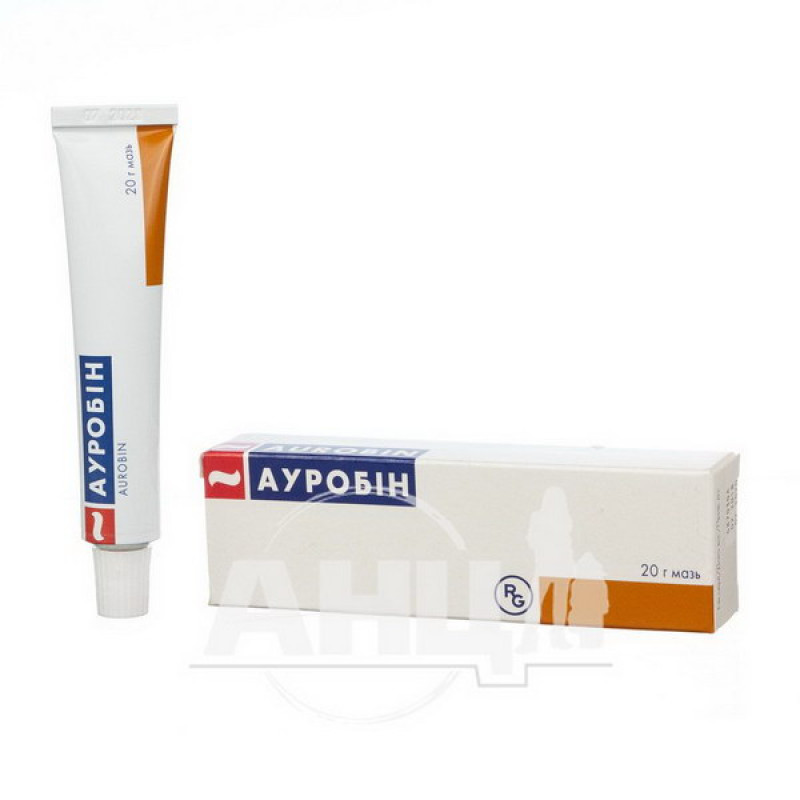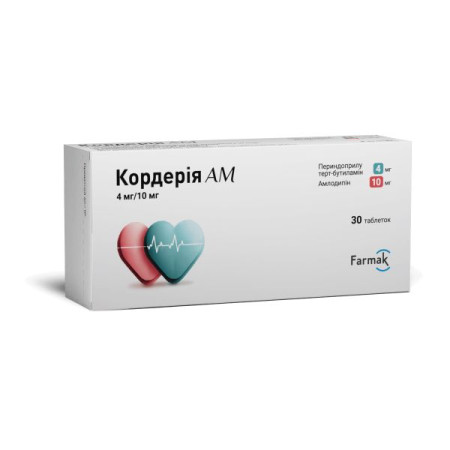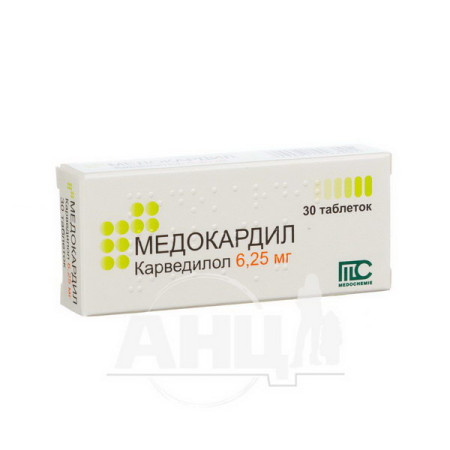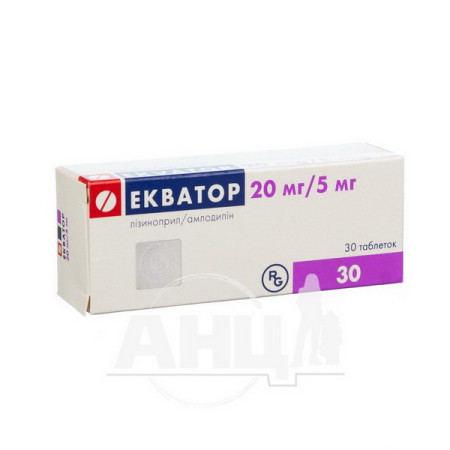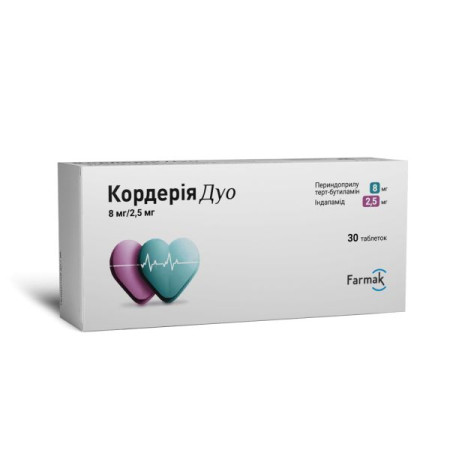Aurobin ointment tube 20 g
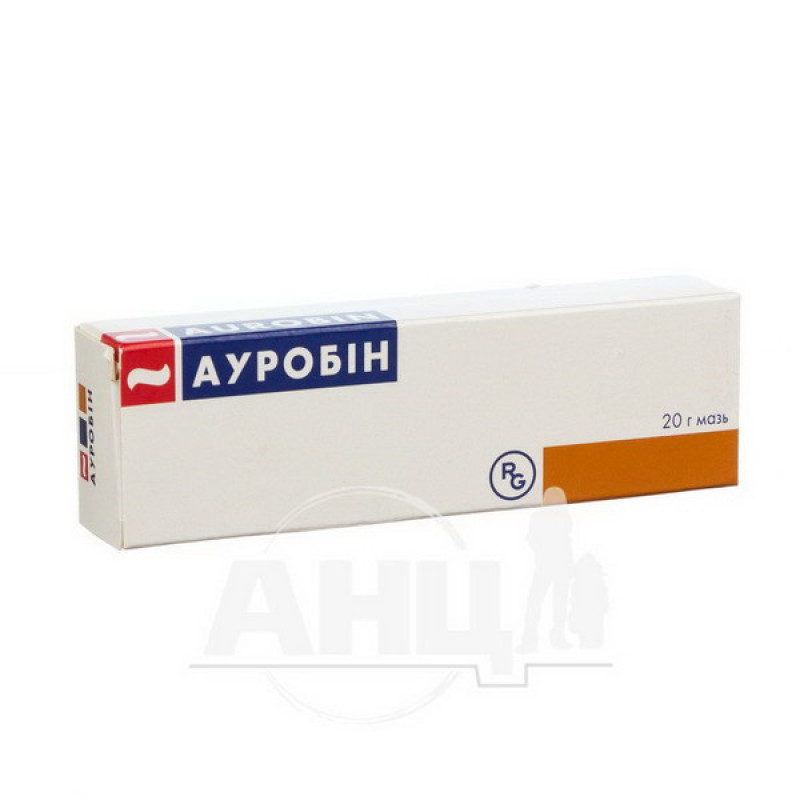
Instructions for Aurobin ointment tube 20 g
Composition
active ingredients: prednisolone capronate, lidocaine hydrochloride, dexpanthenol;
1 g of ointment contains prednisolone caproate 2 mg, lidocaine hydrochloride 20 mg, dexpanthenol 20 mg;
Excipients: polysorbate 60, triclosan, methylparaben (E 218), cetyl alcohol, glycerin, propylene glycol, polyethylene glycol stearate, mineral oil, dimethicone, medium chain triglycerides, stearic acid, purified water.
Dosage form
Ointment.
Main physicochemical properties: homogeneous ointment of white or almost white color, practically odorless.
Pharmacotherapeutic group
Preparations for the treatment of hemorrhoids and anal fissures for topical use. ATX code C05A X03.
Pharmacological properties
Pharmacodynamics
Aurobin is a combined drug that contains an optimal ratio of substances that are effective in treating inflammatory processes and pain in the perianal area.
Prednisolone capronate is a non-halogenated glucocorticoid with a local anti-inflammatory effect. It reduces vascular permeability, increases the tone of vascular walls, and reduces symptoms of inflammation.
Lidocaine relieves pain and burning sensation in a short time.
Dexpanthenol promotes the regeneration of damaged epithelium and mucous membranes.
Pharmacokinetics
Pharmacokinetic studies with the ointment have not been conducted. The active substances of the drug have mainly a local effect. Locally applied prednisolone can be absorbed and cause a systemic effect. Prednisolone is rapidly distributed into all tissues of the body. It binds strongly to blood plasma proteins. Prednisolone quickly penetrates the placenta, is excreted in breast milk. It is excreted in the urine in the form of conjugates.
Lidocaine is well absorbed from mucous membranes and damaged skin. It binds strongly to plasma proteins. The half-life of lidocaine from plasma is 1-2 hours. It is metabolized in the liver. Impaired renal function does not affect the excretion of the parent substance, but may lead to the accumulation of its active metabolite. Lidocaine crosses the placenta and blood-brain barrier and penetrates into breast milk.
Indication
Processes accompanied by inflammation of the perianal area: itching, eczema and dermatitis of the perianal area, hemorrhoids, anal fissures.
Contraindication
Hypersensitivity (allergy) to one of the active ingredients of the drug or to any of the excipients of the drug.
Hypersensitivity to other amide-type local anesthetics (e.g. bupivacaine, etidocaine, mepivacaine and prilocaine).
Treatment of the eyes or periocular area.
Primary bacterial, viral or fungal skin lesions, including herpes simplex.
Rosacea on the face, common acne, perioral dermatitis or diaper rash, skin tuberculosis, skin manifestations of syphilis, dryness, peeling of the skin.
Concomitant treatment with lidocaine due to other indications.
Skin tumors.
Cushing's syndrome.
Vaccination period.
Children's age up to 1 year.
The first trimester of pregnancy.
Interaction with other medicinal products and other types of interactions
Interaction studies with the use of Aurobin ointment have not been conducted.
The drug should not be used in case of simultaneous use of lidocaine for other indications.
Concomitant use with other antiarrhythmic agents requires caution.
Monoamine oxidase inhibitors enhance the local analgesic effect of lidocaine.
Application features
If skin irritation or allergic reactions occur, the use of the drug should be discontinued immediately and appropriate symptomatic therapy should be initiated. To avoid local or general toxicity of the drug, the drug should not be used on large affected skin surfaces, in skin folds, under occlusive dressings and/or for prolonged periods.
With prolonged use of the drug on the same skin surface, the drug may cause skin atrophy, especially in young patients.
The drug is used with extreme caution in the presence of cataracts, diabetes mellitus, glaucoma, tuberculosis and anemia, as well as in the presence of suppression of the hypothalamic-pituitary system caused by glucocorticoids.
The drug should be used with caution in patients with severe heart failure, renal and hepatic failure.
Caution is required when treating patients with weakened or potentially weakened immune systems (including patients with AIDS or HIV infection).
Aurobin ointment contains the excipients methylparaben (E 218), cetyl alcohol and propylene glycol. Methylparaben (E 218) may cause allergic reactions (possibly delayed). Cetyl alcohol may cause local skin reactions (e.g. contact dermatitis). Propylene glycol may cause skin irritation.
Ability to influence reaction speed when driving vehicles or other mechanisms
The potential effect of the drug on the ability to drive or operate other mechanisms has not been studied, but the possibility of developing adverse reactions from the central nervous system and organs of vision should be taken into account.
Use during pregnancy or breastfeeding
Pregnancy. The drug is contraindicated for use in the first trimester of pregnancy. When prescribing the drug in the second and third trimesters of pregnancy, it is necessary to carefully assess the ratio of expected benefits and potential risks.
Breastfeeding. Corticosteroids and lidocaine pass into breast milk. Thus, corticosteroids may affect the function of the adrenal cortex of the newborn and cause growth retardation. Small amounts of lidocaine appear in breast milk. Although in practice this does not pose any risk to the child, increased caution is required when using the drug by breastfeeding women.
Method of administration and doses
For external use only.
Avoid using the ointment for a long time and on a large area of skin, regardless of the patient's age.
Use under an occlusive dressing is not recommended.
Adults and elderly patients.
A thin layer of ointment is applied to the affected area 2-4 times a day. When the symptoms subside, the ointment should be used less frequently. The duration of treatment should not exceed 5-7 days.
Children.
Children over 1 year of age may use the drug only in exceptional cases, in the minimum dose that ensures the achievement of a therapeutic effect and no more than 2 times a day. The duration of treatment for children should not exceed 5 days.
Children
The ointment is contraindicated for children under 1 year of age.
Overdose
May present with local or systemic symptoms depending on the amount of corticosteroid and lidocaine absorbed. There is no specific antidote, supportive therapy should be provided.
Adverse reactions
Topical corticosteroid treatment may cause local adverse events.
With prolonged topical use or application to large areas of the skin, suppression of the function of the adrenal cortex is possible. This is especially common when the ointment is used in children or under occlusive dressings. Protein catabolism can lead to a negative nitrogen balance.
Systemic absorption of large amounts of lidocaine after topical application may lead to stimulation and/or depression of the central nervous system.
Depending on the amount of corticosteroid and lidocaine absorbed, side effects may occur, which are listed below:
infections and invasions: activation of subclinical infections, masking of manifestations of infections, opportunistic infections; from the immune system: hypersensitivity reactions; from the endocrine system: suppression of the function of the adrenal cortex, hypercorticism (as a manifestation of the resorptive effect of prednisolone); nutritional and metabolic disorders: hypokalemic alkalosis, sodium and fluid retention in the body, hypokalemia; mental disorders: insomnia, mental disorders; from the central nervous system: convulsions, dizziness, headache, increased intracranial pressure; from the organs of vision: cataract (the likelihood of developing cataracts is greater in children), subcapsular cataracts, exophthalmos, glaucoma, optic disc edema, corneal ulcer; from the heart: heart failure, cardiac conduction disorders; from the vessels: arterial hypertension, peripheral vasodilation; Gastrointestinal: gastric bleeding, gastrointestinal bleeding, gastrointestinal perforation, esophagitis, pancreatitis, peptic ulcer; Skin and subcutaneous tissue: dermatitis, folliculitis (at the site of application), acne-like rash (steroid acne), contact dermatitis; Dryness, thinning and fragility of the skin; Erythema, rash, urticaria, hirsutism, hyperhidrosis, diaper rash, itching, skin atrophy, hypopigmentation, skin irritation, striae, telangiectasia, burning sensation on the skin, purpura; Musculoskeletal and connective tissue: growth retardation, steroid myopathy, osteonecrosis, osteoporosis; General disorders and administration site conditions: delayed wound healing; Investigations: increased intraocular pressure, negative nitrogen balance, delayed response in skin provocation tests.
Expiration date
2 years.
Storage conditions
Store at a temperature of 8−15 ºC.
Keep out of reach of children.
Packaging
20 g of ointment in a closed aluminum tube with a polyethylene cap having a perforated tip. 1 tube in a cardboard box.
Vacation category
According to the recipe.
Producer
JSC "Gedeon Richter".
Location of the manufacturer and its business address
H-1103, Budapest, Demrei Street 19-21, Hungary.
There are no reviews for this product.
There are no reviews for this product, be the first to leave your review.
No questions about this product, be the first and ask your question.



